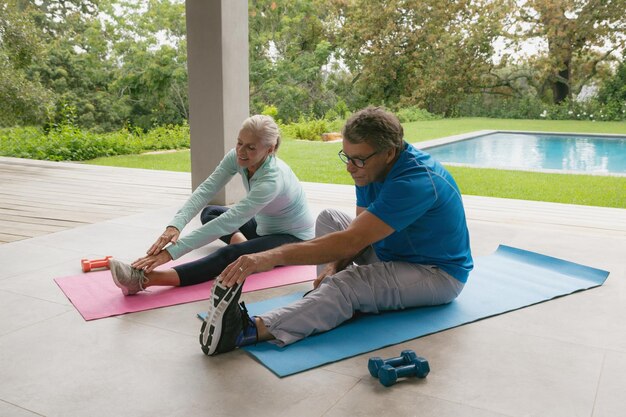Discovering the Safest Exercise for Parkinson’s Patients: Hiking or Bicycling?
For Parkinson’s patients, engaging in regular physical activity is a crucial component of managing symptoms and maintaining overall well-being. However, choosing the right activity can be daunting, especially when comparing the popular options of hiking and bicycling. Both offer different benefits, but safety is a primary concern for those living with Parkinson’s.
The Benefits and Risks of Hiking
Hiking offers a wonderful way to enjoy nature, engage in low-impact exercise, and improve balance and strength. It can also be a meditative activity, helping to fight symptoms of depression and anxiety often associated with Parkinson’s disease. However, hiking on uneven terrain can be risky, especially for those with impaired coordination or balance.
Pros of Hiking:
- Natural Terrain Advantages: Encourages varied movement, helping improve flexibility.
- Improved Balance: Regular hiking can strengthen core muscles and improve balance over time.
- Mental Health Boost: Being in nature can reduce stress and improve mood.
Cons of Hiking:
- Terrain Challenges: Uneven paths may increase the risk of falls.
- Weather and Environment Factors: Must consider external conditions that can make hiking more challenging or risky.
The Benefits and Risks of Bicycling
Bicycling is another excellent form of exercise that enhances cardiovascular fitness and muscle strength. It’s particularly beneficial for joint health because it’s low-impact yet highly effective for aerobic endurance. Parkinson’s patients often find stationary biking safer due to reduced fall risk, but traditional biking provides a greater sense of freedom and exploration.
Pros of Bicycling:
- Joint-Friendly Exercise: Low-impact on the joints, making it easier on the body.
- Aerobic Benefits: Enhances cardiovascular health and stamina.
- Stationary Option: Allows for a controlled environment, reducing fall risk.
Cons of Bicycling:
- Balance Challenges: Traditional biking can be difficult if balance is significantly impaired.
- Variable Road Conditions: Outdoor cycling is dependent on weather and road conditions, which can add risk.
Safety Tips for Each Activity
- For Hiking: Choose well-marked trails, hike with a partner or group, use walking sticks for additional stability, and carry a mobile phone.
- For Bicycling: Opt for a bike with more stability (such as a tricycle), consider biking in bike lanes or protected paths, wear a helmet, and use reflective clothing for visibility.
Exploring Available Resources
Choosing the right activity is crucial, but understanding and accessing appropriate resources to support these health choices can be equally vital. For Parkinson’s patients who may face additional financial or caregiving burdens, understanding available support systems is key to maintaining a healthy lifestyle.
Financial Assistance and Educational Opportunities
Here’s a concise list that highlights some options Parkinson’s patients and caregivers might find helpful:
- 💰 Government Disability Benefits: Programs such as Social Security Disability Insurance (SSDI) offer financial support for those unable to work due to medical conditions.
- 🏥 Medical and Prescription Assistance: Programs like Medicare can help manage treatment costs.
- 🎓 Educational Grants and Scholarships: Scholarships aimed at those living with chronic illnesses or their caregivers can ease the financial burden of education.
- 🥗 Nutrition and Wellness Programs: Community initiatives and nonprofit groups often provide resources for maintaining a healthy diet and lifestyle.
- 🏠 Housing Assistance Programs: There are available options for those needing support with housing costs, particularly beneficial for low-income families affected by chronic health issues.
Choosing between hiking and bicycling should be a personal decision based on individual preferences, safety, and health requirements. However, the journey toward health shouldn't stop at exercise. Being informed about financial and educational options can further empower Parkinson’s patients and their families to live healthier, more secure lives.

Related Topics
- Are There Environmental Causes Of Parkinsons
- Can Alcohol Cause Parkinson's
- Can Concussions Cause Parkinson's
- Can Concussions Cause Parkinson's Disease
- Can Dogs Get Parkinson's Disease
- Can Dogs Get Parkinsons
- Can Dogs Have Parkinson's
- Can Dogs Have Parkinson's Disease
- Can Females Get Parkinson Disease
- Can Head Trauma Cause Parkinson's